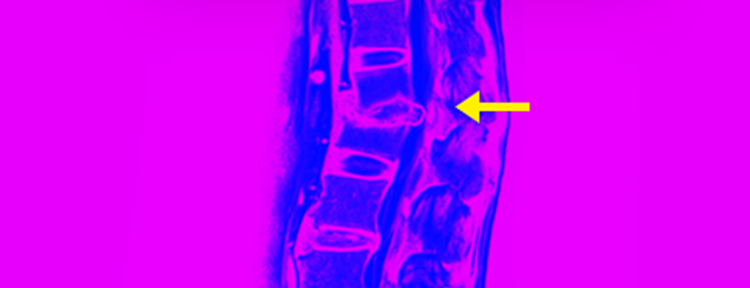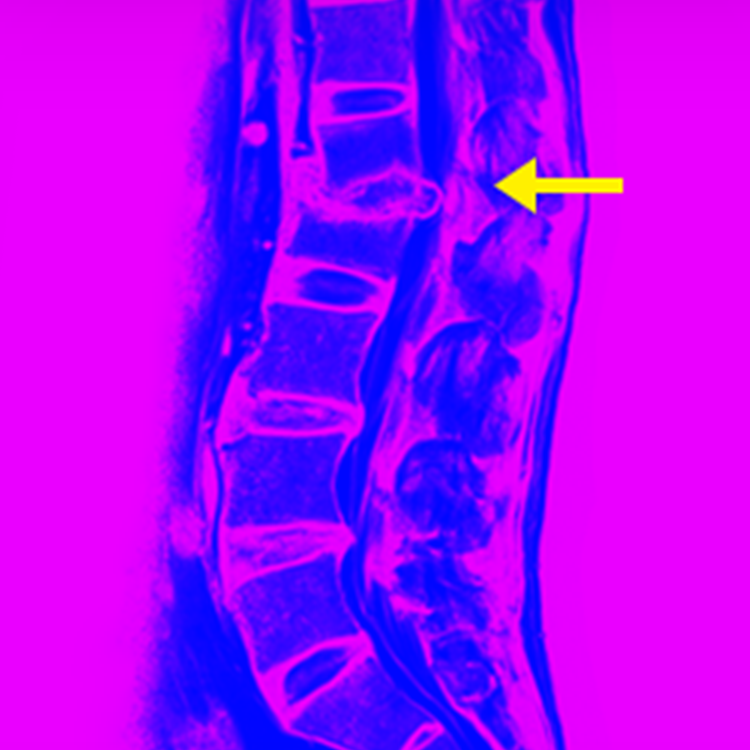Lumbar Puncture for Multiple Sclerosis (MS)



Lumbar puncture test for MS.
During a lumbar puncture test, a small sample of cerebrospinal fluid (fluid that surrounds the brain and spinal cord)1
is taken from the space around your spinal cord using a thin flexible needle inserted into your lower back.2
This takes about half an hour under a local anaesthetic.3 Some people might experience a headache following a lumbar puncture,3 in which case speak to your healthcare team as they will have ways to manage the potential headaches.

Mike

Grace

Katherina

Mike
A lumbar puncture is performed to check for signs of MS in the cerebrospinal fluid, which is the fluid surrounding the brain and spinal cord.1,4
A potential sign of MS is increased immune activity in this fluid.4
This activity is assessed by measuring the levels of immune cells, such as antibodies and white blood cells in the cerebrospinal fluid and comparing them to the levels in the blood. Higher levels of these immune cells, or proteins produced by them called oligoclonal bands, in the cerebrospinal fluid can indicate MS and means that your immune system might be causing damage to your nerves.3,4
There are a lot of tests that come with an MS diagnosis. These articles could help.
- Sakka L, et al. Eur Ann Otorhinolaryngol Head Neck Dis. 2011;128:309–16.
- Engelborghs S, et al. Alzheimers Dement (Amst). 2017;8:111–26.
- Multiple Sclerosis Trust. Lumbar puncture. https://www.mstrust.org.uk/a-z/lumbar-puncture [accessed May 2020].
- Garg N, Smith TW. Brain Behav. 2015;5:e00362.